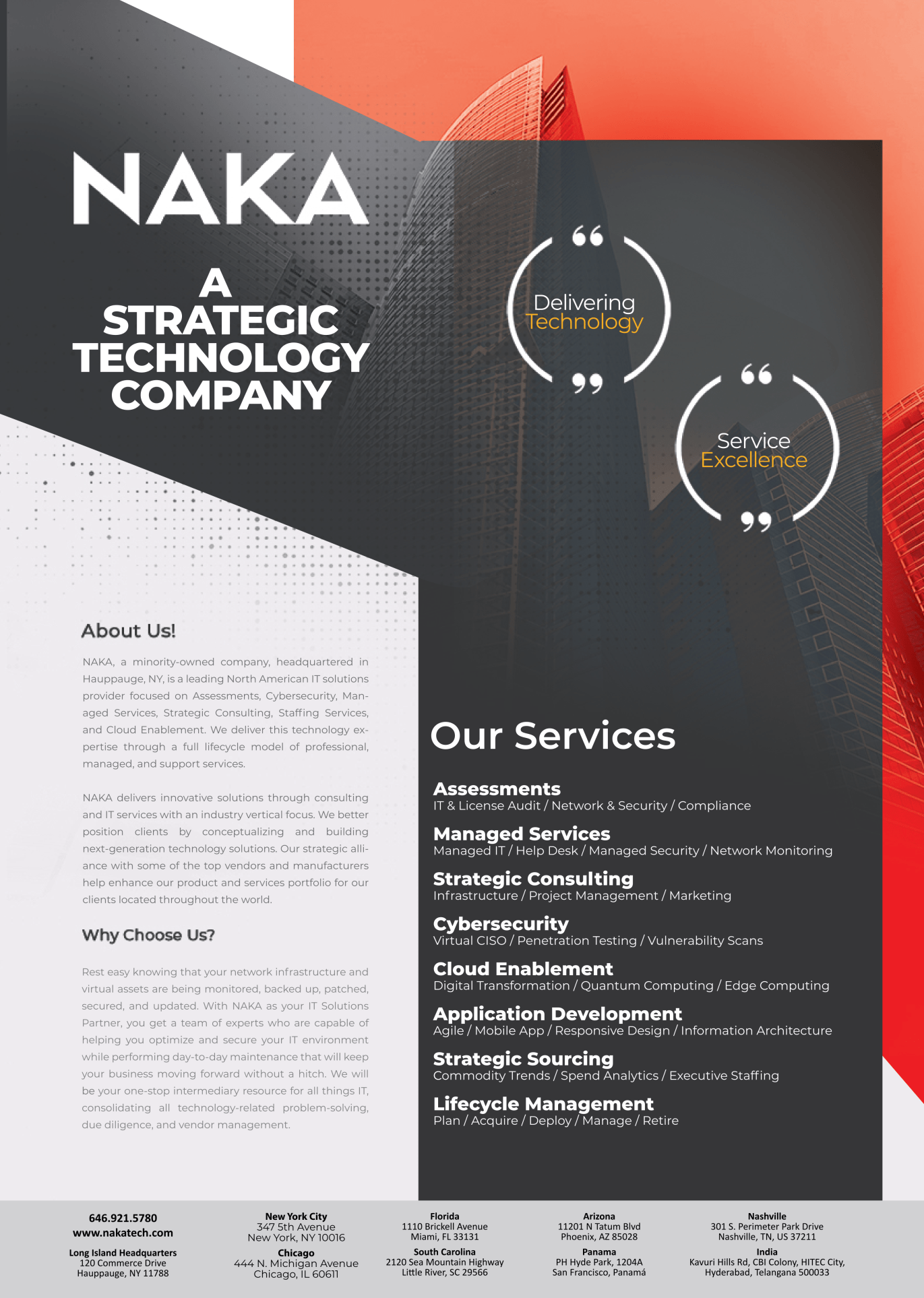Understanding Evaluation Assurance Level (EAL) in Cybersecurity

Understanding Evaluation Assurance Level (EAL) in Cybersecurity
An essential component in the fields of information technology and cybersecurity is the Evaluation Assurance Level (EAL). It functions as a gauge for a security system’s or product’s dependability and credibility. EAL gives stakeholders insightful information about how well security features are implemented in a system or product, enabling them to decide whether or not it is a good fit for their particular requirements. Understanding EAL is paramount in ensuring the integrity and data security, as it provides a standardized framework for evaluating security assurance. With cyber threats becoming increasingly sophisticated, a thorough comprehension of EAL is crucial for both developers and users to navigate the complex landscape of cybersecurity effectively.
1. Understanding Evaluation Assurance Level (EAL):
It is essential to comprehend Evaluation Assurance Level (EAL) in order to effectively navigate the complex realm of CyberSecurity and information assurance. EAL provides a uniform framework for evaluating and classifying security aspects in systems and products. Fundamentally, EAL is a methodical way of assessing how well security features have been integrated and operated within a certain system or product.
One cannot stress the importance of EAL in cybersecurity. It provides a single vocabulary and set of standards for stakeholders, including as developers, vendors, and customers, to evaluate the dependability and trustworthiness of security systems. EAL improves overall cybersecurity posture by facilitating informed decision-making throughout the selection and deployment of products and systems by offering a transparent baseline for security assurance.
EAL is used to assess many security characteristics, including as audit mechanisms, cryptographic capability, and access controls. EAL evaluates these security features’ documentation, implementation, and design through a strict evaluation procedure to make sure they adhere to predetermined standards and requirements.
Additionally, EAL gives stakeholders a broad picture of a system’s or product’s security posture, making it easier to spot possible weaknesses and areas in need of correction. By taking a proactive stance when evaluating security threats, digital assets and infrastructure are more resilient overall and help reduce risks.
2. EAL Levels and Criteria:
“EAL Levels and Criteria” provide a structured approach to assessing the security features of products and systems. These levels, ranging from EAL1 to EAL7, establish a hierarchy of assurance, with each level building upon the requirements of the previous one. Here’s an overview of the EAL levels and their associated criteria:
a. EAL1 – Functionally Tested:
– At this level, the focus is on basic functional testing to ensure that the product or system operates as intended.
– Criteria include an examination of the product’s documentation and basic security functionality.
b. EAL2 – Structurally Tested:
– EAL2 introduces a more structured approach to testing, including analysis of the product’s security features and design.
– Criteria may involve vulnerability analysis and a basic level of security testing.
c. EAL3 – Methodically Tested and Checked:
– This level involves a methodical approach to testing and checking security features, including documentation review and structured testing.
– Criteria may include assurance of developer integrity and a higher level of testing rigor.
d. EAL4 – Methodically Designed, Tested, and Reviewed:
– EAL4 signifies a more comprehensive evaluation process, involving rigorous design, testing, and review procedures.
– Criteria may include penetration testing and thorough documentation review.
e. EAL5 – Semiformally Designed and Tested:
– At this level, the evaluation process becomes more formalized, with a focus on semi-formal design methods and testing.
– Criteria may include formalized security policies and procedures.
f. EAL6 – Semi-Formally Verified Design and Tested:
– EAL6 introduces formal verification methods into the evaluation process, ensuring a higher level of assurance.
– Criteria may include the use of formal models and specifications.
g. EAL7 – Formally Verified Design and Tested:
– This is the highest level of assurance, involving formal verification of the product’s design and testing.
– Criteria may include mathematical proofs and extensive penetration testing.
Understanding the criteria associated with each EAL level is essential for stakeholders to determine the appropriate level of assurance required for their specific security needs. By aligning the evaluation with the desired assurance level, stakeholders can ensure that products and systems meet the necessary security standards, thereby enhancing overall cybersecurity posture.
3. Challenges and Limitations of Evaluation Assurance Level (EAL):
There are obstacles and limitations unique to navigating the Evaluation Assurance Level (EAL) evaluation landscape. The intricacy of the evaluation process itself, which might demand a lot of time and resources, is a frequent problem. Furthermore, reaching higher EAL levels frequently necessitates a large time and money commitment, rendering it unachievable for many developers and organizations.
Because cybersecurity threats are constantly changing, it might be difficult for EAL evaluations to stay up to date with new risks and vulnerabilities. The possibility of subjective interpretation in the assessment criteria, which could result in inconsistent assessment results, is another drawback.
Moreover, EAL assessments tend to ignore more general contextual elements like user behavior and organizational procedures in favor of concentrating solely on technical security considerations. Despite these obstacles and constraints, realizing and resolving them is crucial to optimizing the efficacy and pertinence of EAL assessments in the ever-changing field of cybersecurity.



